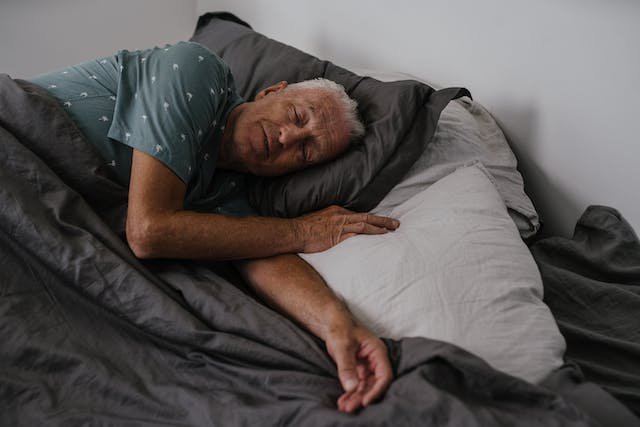
How to quit smoking .
Your life will become more productive if you are ready to quit smoking . i.e you will add LIFE to YEARS
Chronic smoker with associated problems remains busy with his coughing and ailments and virtually doesn’t enjoy his /her life.
According to the American Heart Association, smokers who quit between ages 35-39 add an average of 6-9 years to their lives. Smokers who quit between ages 65-69 increase their life expectancy by 1-4 years. Here are some advantages
1.Reduce your risk of cardiovascular disease.
Quitting smoking reduces the risk of repeat heart attacks and death from heart disease by 50 percent or more. Quitting smoking also reduces your risk of high blood pressure, peripheral artery disease and stroke.
2 Reduce your risk of developing lung cancer and a variety of other conditions including, throat cancer, emphysema, chronic bronchitis, chronic asthma, ulcers, gum disease and many other conditions.
3.Feel healthier. After quitting, you won’t cough as much, have as many sore throats, and you will be more energetic. Stopping can help you prevent face wrinkles, get rid of stained teeth, improve your skin and even get rid of the stale smell in your clothes and hair. It also enhances your sense of taste and smell, and can save you a lot of money! Now you agree to quit smoking. Great!!!
How can you quit smoking?
To quit smoking, you must be ready emotionally and mentally TO QUIT.
You must also want to quit smoking for yourself, and not to please your friends or family.
Plan ahead.
All you need is willpower. Many people have quit smoking after years of being addicted, without any problems in life.
1.When you decide to quit, get rid of all cigarettes and put away all smoking-related objects, such as ashtrays.
2.If you live with a smoker, ask that person not to smoke in your presence. Better yet, convince them to quit with you.
3.Don’t focus on your cravings. Reinforce your will to quit smoking.
4.Write down when you smoke, why you smoke and what you are doing when you smoke, to learn what your smoking “triggers” are. When you get the urge to smoke, take a deep breath. Hold it for ten seconds and release it slowly. Repeat this several times until the urge to smoke is gone.
5.Stop smoking in certain situations (such as at your work break or after dinner) before actually quitting.
6.Make a list of activities you can do instead of smoking.
7.Visualize yourself as a nonsmoker.
8.Tell your family and friends about your plans to quit and ask them for their support. Ask your family members who smoke to stop with you.
9.Keep yourself busy! Review your list of activities which can be undertaken instead of smoking.
10.Change activities that were connected to smoking. Take a walk or read a book instead of taking a cigarette break.
11.Whenever you can, avoid places, people and situations associated with smoking. Hang out with non-smokers or go to places that don’t allow smoking, such as the movies, museums, shops or libraries.
12.Don’t substitute food or sugar-based products for cigarettes. Eat low-calorie, healthful foods (such as carrot or celery sticks, sugar-free hard candies) or chew gum when the urge to smoke strikes so that you can avoid weight gain.
13.Exercise regularly.
Exercising has many benefits and will help you relax.
You may be asking yourself – “How will I feel if I quit?” You may crave cigarettes, be irritable, feel very hungry, cough often, get headaches, or have difficulty concentrating and perhaps experience constipation. These symptoms of withdrawal occur because your body is used to nicotine, the active addiction agent within cigarettes. When withdrawal symptoms occur within the first two weeks after quitting, stay in control. Think about your reasons for quitting. Remind yourself that these are signs that your body is healing and getting used to being without cigarettes. Remember: these withdrawal symptoms are only temporary. They are strongest when you first quit but will go away within 10 to 14 days.
Remember also that withdrawal symptoms are far easier to treat than the major diseases that smoking can cause.
Don’t yield and boost your motivation. Here are some interesting observations of what happens after you have given up smoking.
• After 20 minutes: You stop polluting the air
• After 8 hours: The carbon monoxide level in your blood returns to normal
• Oxygen levels in your blood increase
• After 24 hours: Your risk of heart attack decreases
• After 48 hours: Nerve endings adjust to the absence of nicotine
• Your ability to taste and smell begin to return
• After 2 weeks to 3 months: Your circulation improves
• Your exercise tolerance improves
• After 1 – 9 months: Coughing, sinus congestion, fatigue and shortness of breath decrease, and your overall energy level increases
• After 1 year: Your risk of heart disease decreases to half that of a current smoker
• After 5 – 15 years: Your risk of stroke is reduced to that of people who have never smoked
• After 10 years: Your risk of dying from lung cancer drops to almost the same rate as a lifelong non- smoker
• You decrease the incidence of other cancers — of the mouth, larynx, oesophagus, bladder, kidney and pancreas
• After 15 years: Your risk of heart disease is reduced to that of people who have never smoked
If you start smoking again (called a relapse) do not lose hope.
Seventy-five percent of those who quit relapse.
If you relapse, don’t give up!
Review the reasons why you wanted to become a nonsmoker and try hard to develop within yourself the will to quit smoking again.
Plan ahead and think about what you will do next time you get the urge to smoke.
References :
Join the mailing list!
Get the latest articles delivered right to your inbox!










